Along shrinking shorelines and dusty riverbeds , a quiet reveal is underway: petroglyphs and inscriptions that spent decades beneath silt and water are blinking back into the light. The immediate story is dramatic – stone panels emerging where boat ramps once met lapping waves – but the deeper arc is about climate, time, and how landscapes remember. Prolonged drought has lowered reservoirs and exposed margins of canyons, turning familiar fishing spots into corridors of archaeological surprise. Archaeologists and tribal monitors are moving fast to document what appears, even as the same forces that expose these carvings also threaten them. It’s a strange, uneasy gift from a warming world, and it raises hard questions about what we protect – and how soon we act.
The Hidden Clues
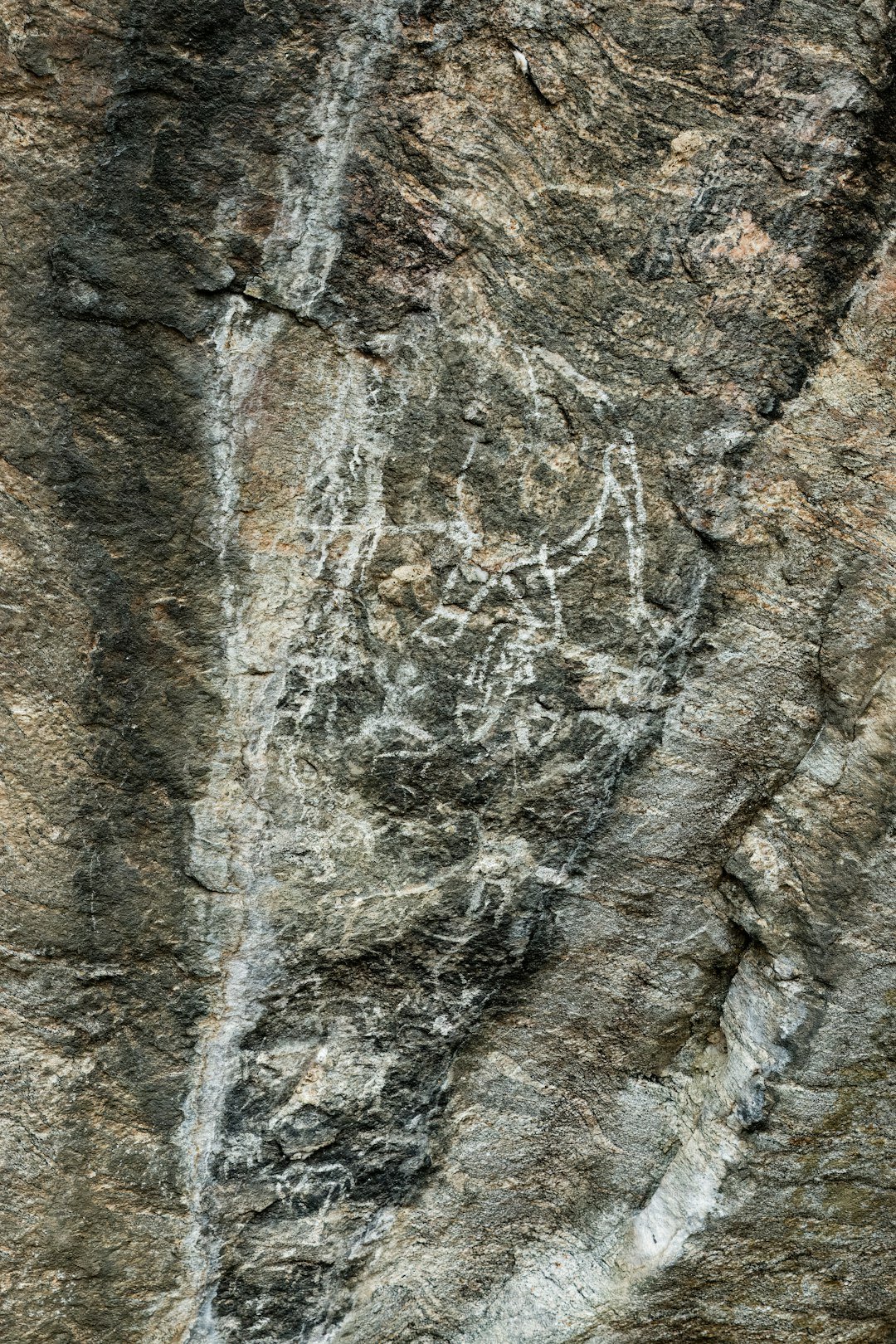
What else hides beneath a vanishing shoreline besides fish bones and lost lures? ’s arid basins and along the Rio Grande, falling water lines are revealing pecked spirals, animal forms, and grid patterns cut into dark volcanic rock.
Some were known to community members and land managers but were long obscured by sediment, seasonal flooding, or reservoir backwater. Others seem newly visible because light, dryness, and angle now pick out shallow grooves that once vanished under glare.
These carvings sit within cultural landscapes that stretch far beyond a single boulder or canyon wall. Their reappearance links present-day drought to stories etched by ancestors who tracked rain, crops, and celestial cycles with humble but enduring tools.
From Ancient Tools to Modern Science
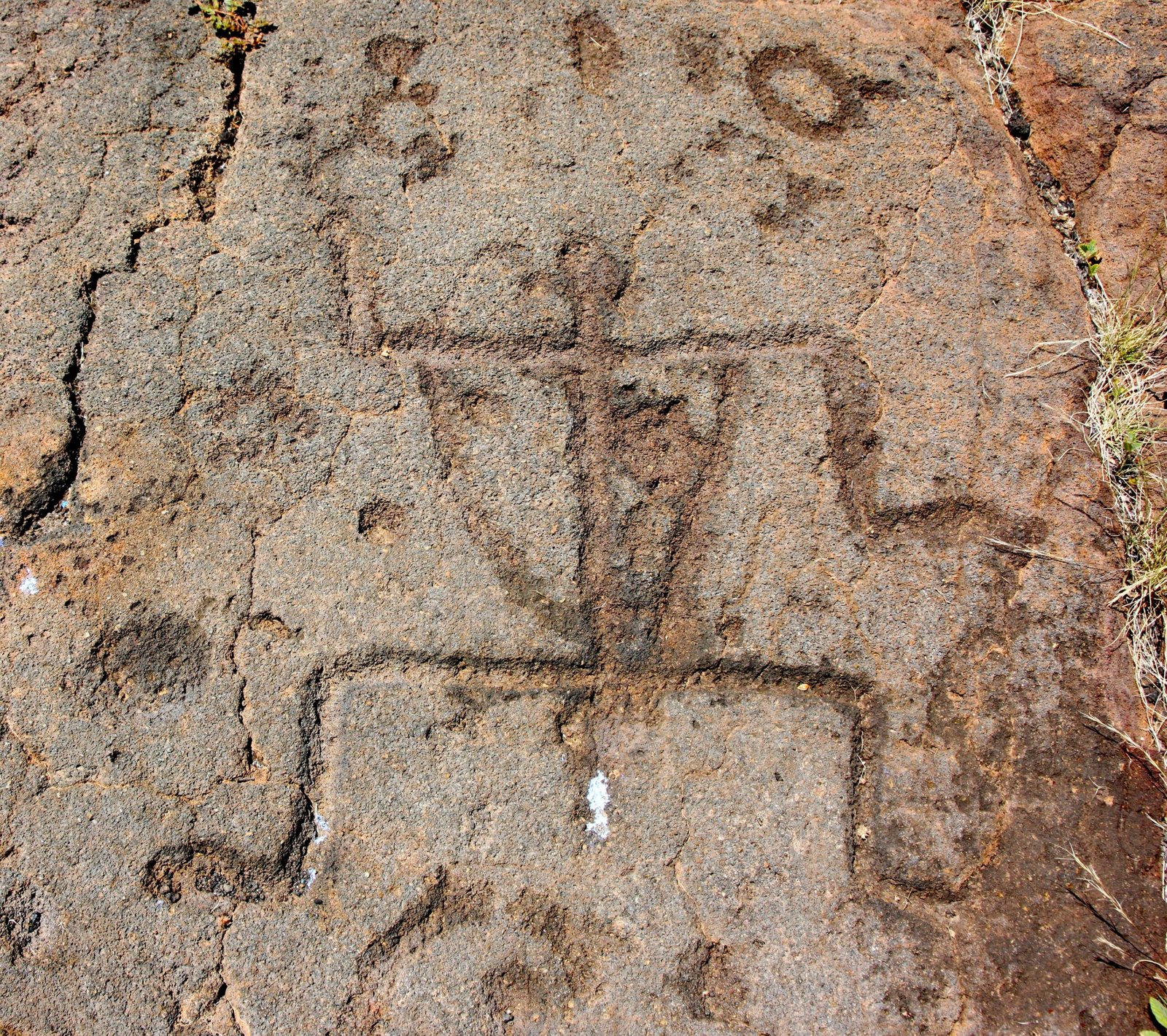
Petroglyph makers used hammerstones and chisels of harder rock, patiently pecking to bruise and lighten the basalt varnish. Today, archaeologists meet those marks with drones, high-resolution photogrammetry, and reflectance transformation imaging to capture microrelief without touching the surface.
I still remember my first RTI session on a shaded panel; tilt the light just right and a faint line becomes a confident arc. That’s essential when drought exposure is brief and panels may be buried again by the next storm.
Noninvasive scans produce 3D models that can be measured, compared, and archived for research and tribal review. Paired with soil coring and shoreline stratigraphy, the imaging helps place carvings within shifting hydrologic histories – what flooded, what silted over, and when.
Reading the River: Where Water Withdraws, Stories Surface
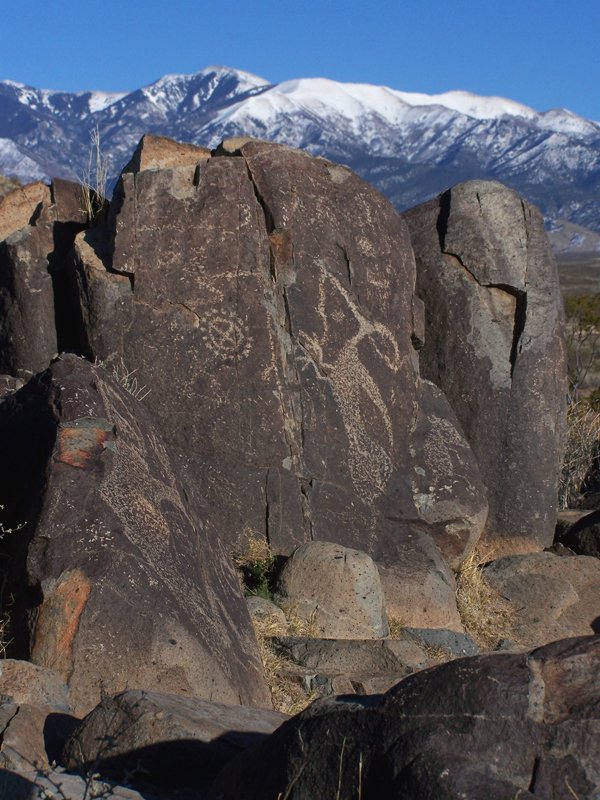
New Mexico’s water story has always been one of boom-and-bust – spring snowmelt, summer monsoons, and long dry spells. Recent years have tilted that balance, with hotter temperatures intensifying evaporation and drying soils before rain can soak in.
When reservoirs and braided side-channels recede, they expose rock faces that once formed sheltered alcoves or island edges. A meter of retreat here, a collapsed sandbank there, and a whole panel emerges like a page peeled from a wet book.
Archaeologists look for clues at these margins: anchored grinding stones, hearth lenses, and trail scars cutting across now-dry mudflats. The picture that builds is not only about art, but about camps, movement, and the seasonal timing of life along water.
Fragile Archives in the Sun
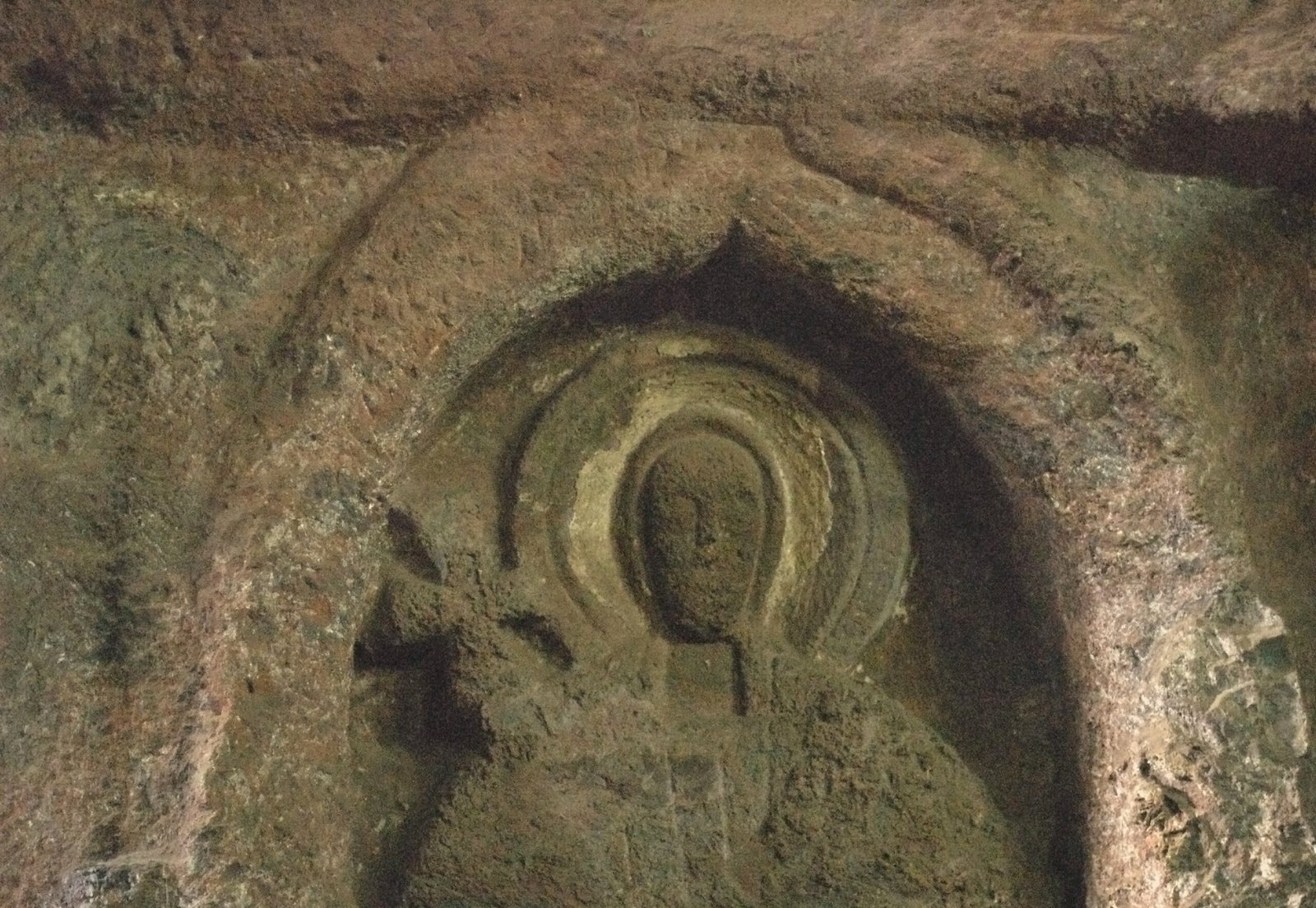
Exposure is a double-edged reveal. Once out of the water and silt, carvings face thermal shock, salt crystallization, and wind-driven grit that can sand away shallow pecking in a matter of seasons.
Falling levels also draw curious feet and tire tracks into places that were hard to reach. Even well-meaning visitors can loosen surfaces or leave chalk traces that permanently alter the rock’s patina.
Site stewards respond with monitoring routes, low-profile fencing, and quick-response documentation teams. The priority is to record and, where appropriate, obscure sensitive location details while collaborating with tribal nations on culturally informed care.
Why It Matters
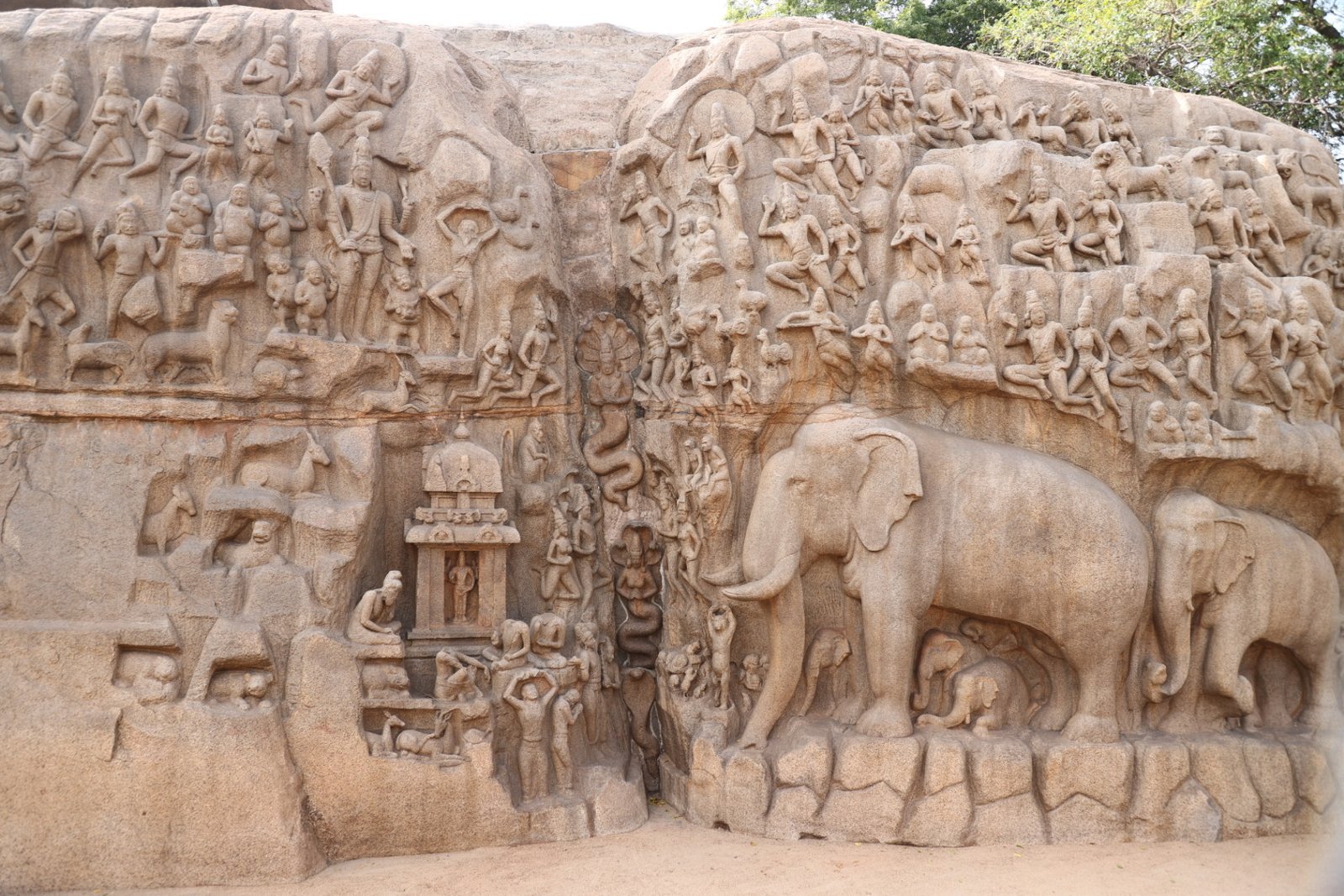
These drought-revealed carvings are not mere curiosities; they’re records of how people adapted to variability long before modern gauges. Patterns of animals, storm motifs, and pathway marks often cluster around productive fields, springs, or crossing points, offering place-based memory for managing risk.
Compared with traditional surveys that rely on stable ground and predictable access, climate-driven exposure is chaotic but generative. It fills gaps in site maps, links scattered panels into coherent routes, and tests long-held hypotheses about settlement and movement.
In a warming Southwest, knowing where people found resilience – shade, water storage, mobility – becomes more than academic. It feeds living strategies for communities balancing heritage, safety, and scarce water today.
Global Perspectives
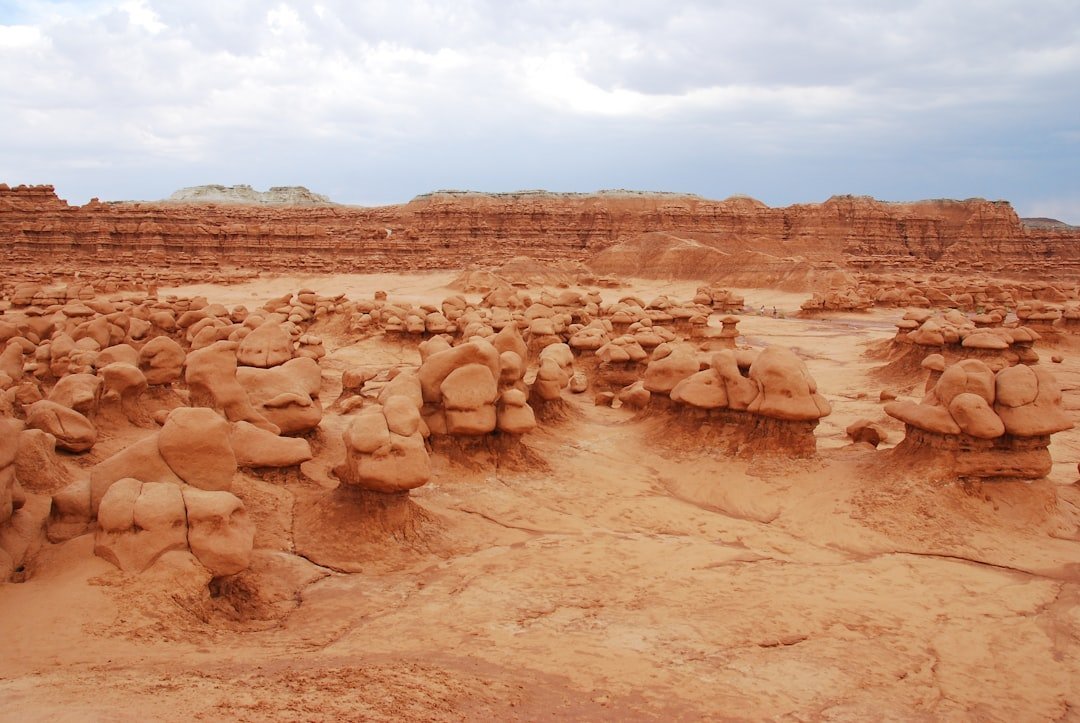
New Mexico is part of a wider pattern where drying or shifting waters unlock the past. Lowered lakes have revealed Bronze Age footprints in Europe and ancient harbor works in the Mediterranean, while retreating glaciers elsewhere have surfaced tools and travel routes.
The lesson is sobering: climate change is both a finder and a destroyer. The same heat that exposes a carving can speed its decay or trigger flash floods that scour away entire surfaces.
By comparing cases across regions, researchers refine protocols for triage – what to document first, what to stabilize, and when to let a site rest. That shared playbook is becoming a core tool of twenty-first century archaeology.
Community and Consent
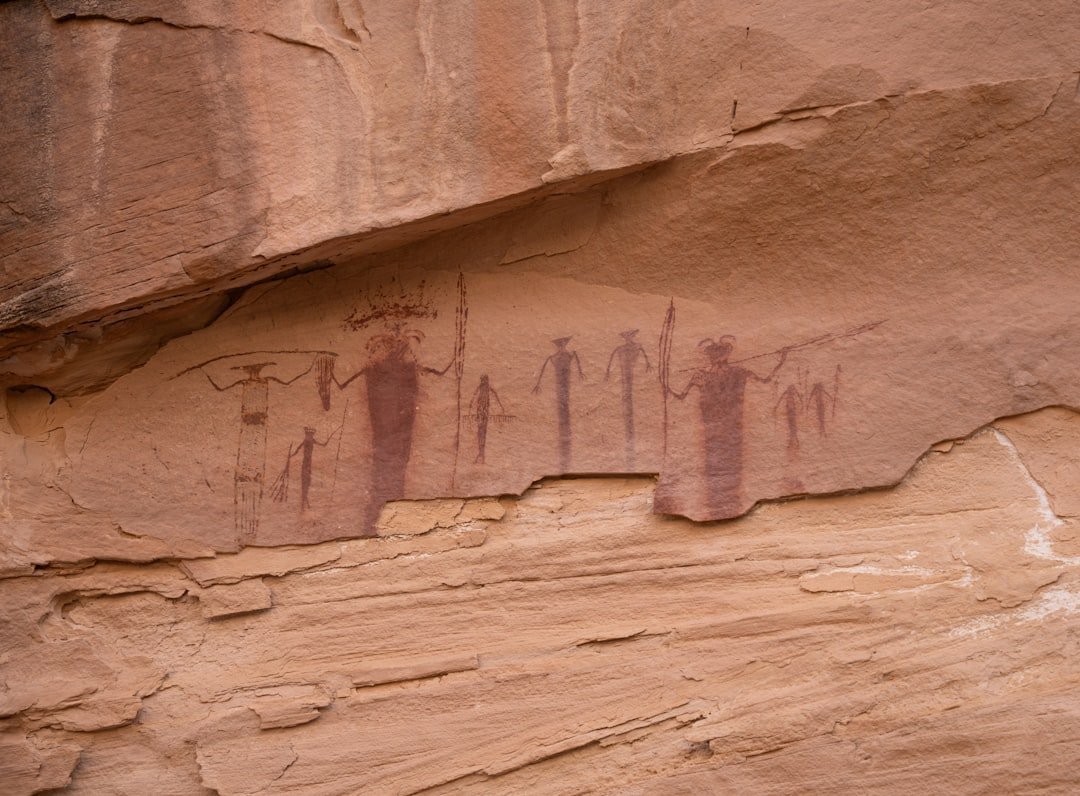
Every rock face sits within living cultural geographies, and consultation isn’t a courtesy – it’s foundational. Tribal historic preservation offices guide where to focus, what to share publicly, and how to frame findings within lineages of meaning.
Sometimes, the right scientific move is to step back. Not every exposure needs a press release or a trail; some need time, quiet, and careful conversation.
When local landowners, anglers, and hikers become partners in early reporting and respectful access, sites fare better. Small acts of care ripple outward, especially during volatile drought cycles that can open and close windows overnight.
The Future Landscape
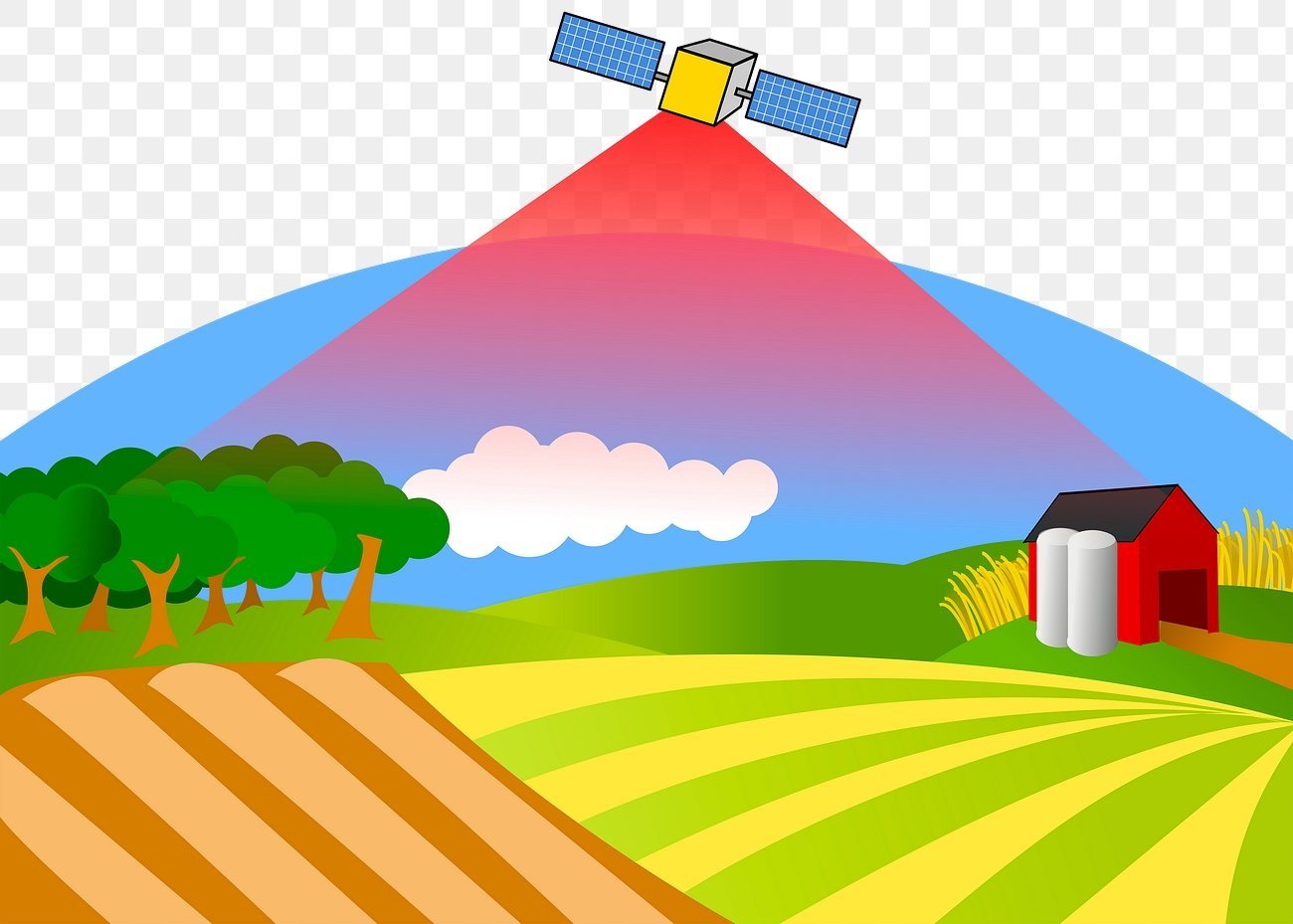
The tech coming online is made for this moment. Compact LiDAR units, AI-assisted feature detection, and satellite tasking can flag new exposures within days of a level drop.
Hydrologic models, updated with near-real-time evaporation and snowpack data, help forecast where the next reveal might occur. That means crews can be on standby before a channel cuts or a shoreline slumps.
The bigger challenge is capacity: funding, trained monitors, and long-term digital archiving to keep fragile knowledge accessible. Climate change isn’t a single season; it’s a shifting baseline that demands sustained, adaptive stewardship.
Field Notes from the Edge
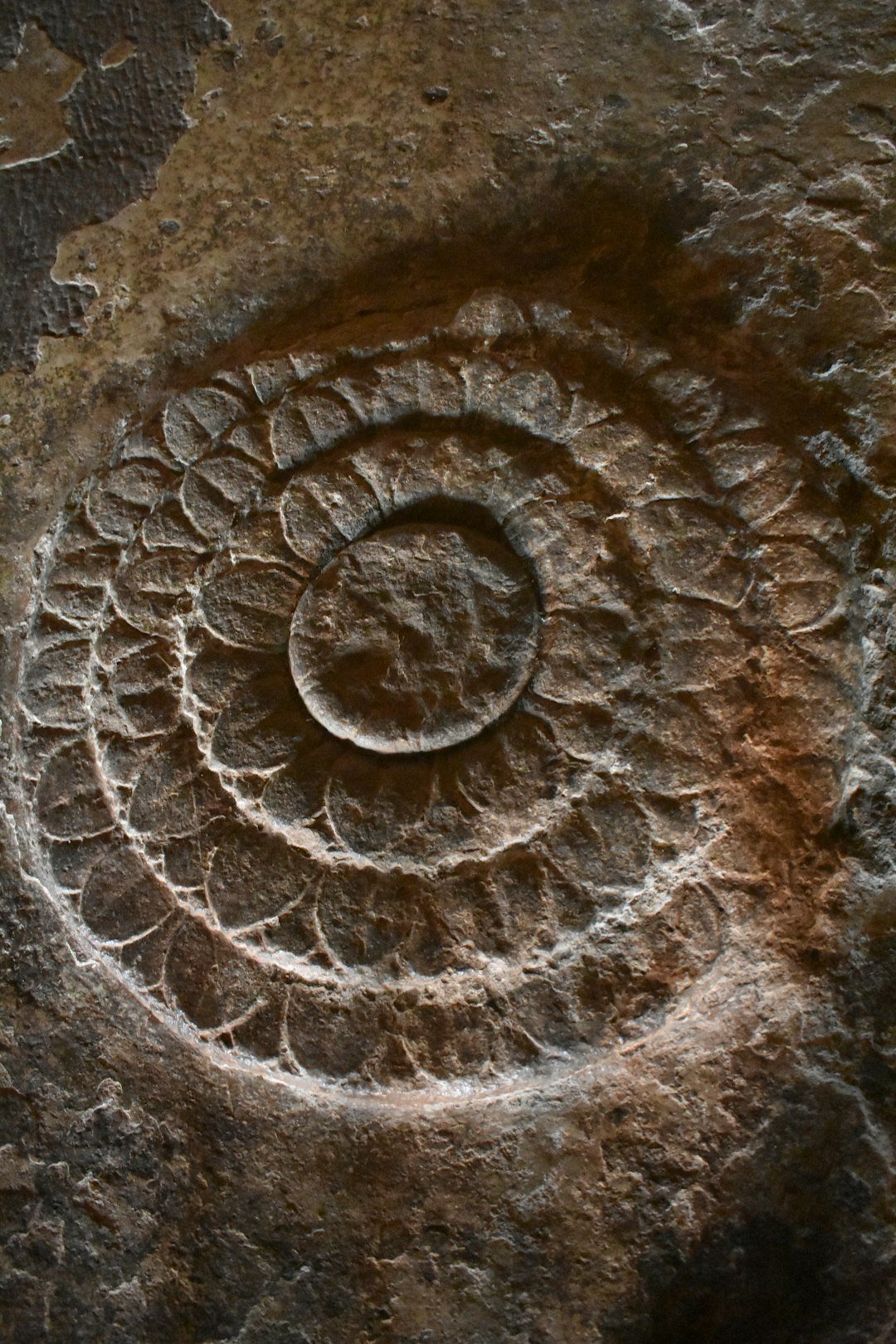
On a recent shoreline walk, I caught myself tracing a faint spiral with my eyes, not my fingers, and felt the tug of time. The panel sat just above a bathtub ring, a quiet ledger of seasons that once rose and fell more gently.
What struck me wasn’t the symbol itself but its placement – perfectly positioned to watch water come and go. Whoever pecked it understood rhythms we’re now scrambling to model with satellites and supercomputers.
That humility – listening first, measuring second – might be our best field method as the drought redraws maps. We’re visitors here, and the rocks keep better notes than we do.
How You Can Help
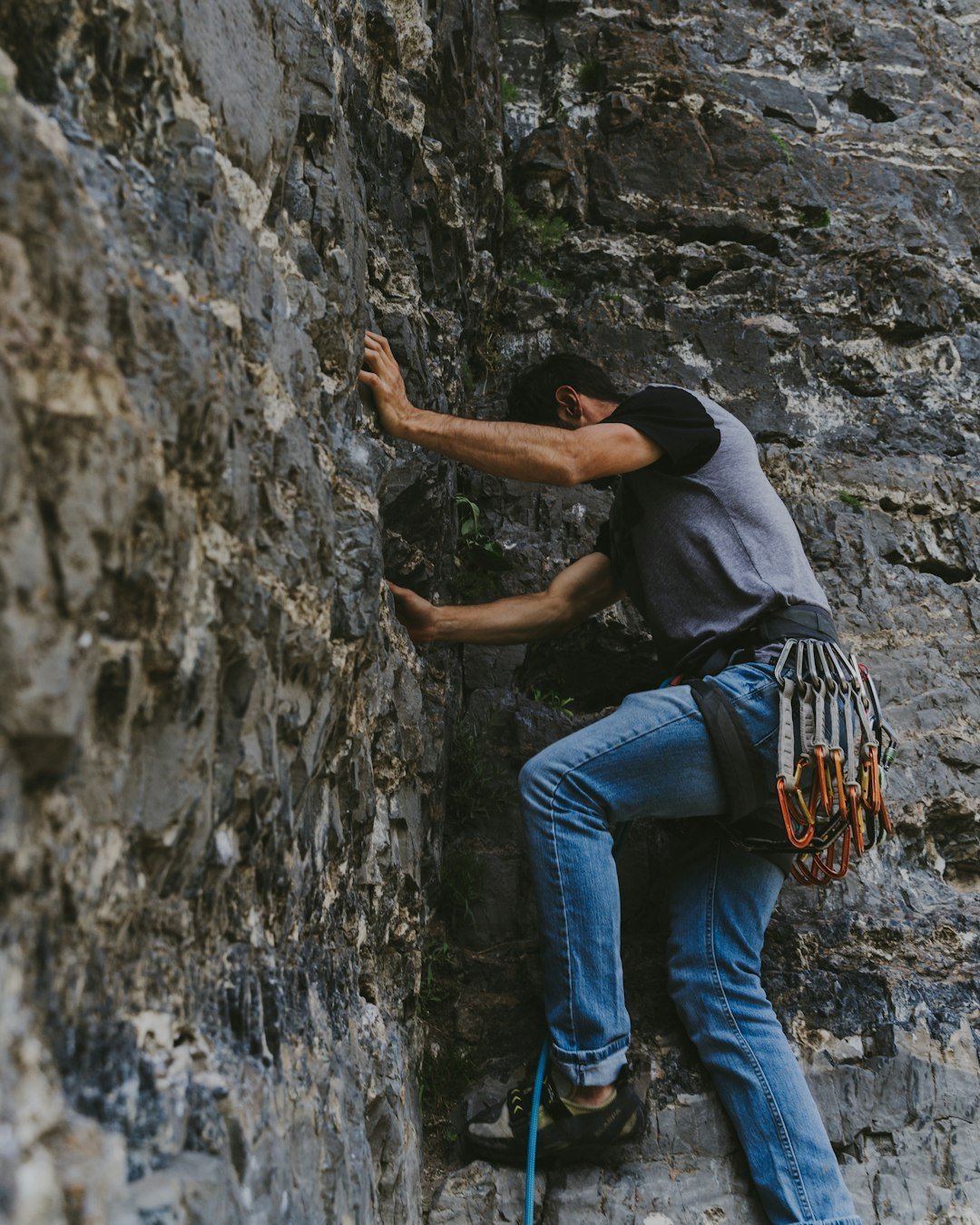
If you encounter carvings newly exposed by low water, leave them as you found them and record the location from a distance. A photo with scale taken without touching the surface, plus GPS coordinates, can be invaluable for site stewards.
Report discoveries to local land managers or tribal historic preservation offices rather than sharing precise locations online. Support organizations that train volunteer monitors and fund emergency documentation efforts across the Southwest.
Finally, back climate resilience at home – water conservation, shade planting, and community cooling plans are heritage work too. The carvings are telling us a story about change; the next lines are ours to write. What part will you add?

Suhail Ahmed is a passionate digital professional and nature enthusiast with over 8 years of experience in content strategy, SEO, web development, and digital operations. Alongside his freelance journey, Suhail actively contributes to nature and wildlife platforms like Discover Wildlife, where he channels his curiosity for the planet into engaging, educational storytelling.
With a strong background in managing digital ecosystems — from ecommerce stores and WordPress websites to social media and automation — Suhail merges technical precision with creative insight. His content reflects a rare balance: SEO-friendly yet deeply human, data-informed yet emotionally resonant.
Driven by a love for discovery and storytelling, Suhail believes in using digital platforms to amplify causes that matter — especially those protecting Earth’s biodiversity and inspiring sustainable living. Whether he’s managing online projects or crafting wildlife content, his goal remains the same: to inform, inspire, and leave a positive digital footprint.




